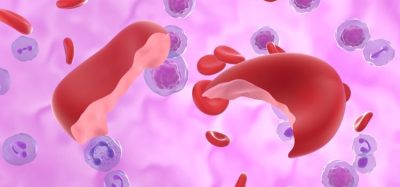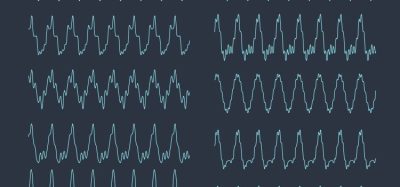How effective is nanopore sequencing for fungal identification?
Posted: 19 June 2023 | Catherine Eckford (European Pharmaceutical Review) | No comments yet
A paper has described a DNA metabarcoding workflow that rapidly characterises fungal microbiota with high taxonomic resolution.


A paper published in Scientific Reports has highlighted an effective method for rapid pathogenic fungal identification.
While the study of microbiota has been revolutionised by DNA metabarcoding, molecular phylogenetic analysis of fungi is still a challenge, according to the authors. The lack of standardised tools and the incompleteness of reference databases limits the accurate and precise identification of fungal taxa.
New sequencing platforms have emerged as a technological innovation, offering advantages in overcoming the limitations of short-read sequencing, wrote the authors. However, nanopore sequencing technology, such as the one in the study, generates long sequencing reads without a theoretical length limit.
An advantage of nanopore sequencing is that the data is produced in real time”
An advantage of nanopore sequencing is that the data is produced in real time. This is unlike conventional sequencing methods, where data is available after the run is completed. Real-time data streaming is particularly useful for time-critical analyses such as rapid identification in pathogenic diagnostics.
Rapid fungal identification
In the paper, the authors described a DNA metabarcoding workflow to characterise fungal microbiota with high taxonomic resolution.
[The DNA metabarcoding workflow could] characterise fungal microbiota with high taxonomic resolution”
The workflow was coupled with bioinformatics pipelines to generate highly accurate consensus sequences from nanopore reads. These were then aligned against reference genome assemblies.
A benefit of the method is that it amplifies longer stretches of ribosomal RNA operons and sequences them using nanopore long-read sequencing technology.
Method and results
Long amplicons spanning ITS–LSU regions of different lengths were tested to evaluate taxonomic resolution. The method’s efficacy was explored using a polymicrobial mock community and specimen derived from a patient diagnosed with pneumonia. As a result, it showed the marked potential of long-read sequencing combined with consensus calling for accurate taxonomic classification.
Resulting reads were error-polished to generate consensus sequences with 99.5–100 percent accuracy.
To minimise the possibility of misidentification caused by sequencing errors, the authors stated that with the similarity threshold optimised for each target region, nanopore sequencing data were successfully differentiated into the expected number of clusters. The clustering conditions retained more than 96 percent of the reads for all the datasets.
Overall, each consensus sequence was correctly classified as a target taxon at the genus level. However, the level of taxonomic resolution varied across different target regions.
To conclude, the fungal identification approach suggested by Ohta et al. offers a “practical measure for the rapid diagnosis of infectious diseases with a high level of taxonomic resolution across a broad range of fungal species”.
Related topics
Analytical techniques, Biopharmaceuticals, Data Analysis, Informatics, Microbial Detection, Microbiology, Rapid Microbiological Methods (RMMs), Research & Development (R&D), Sequencing, Technology








